Going Net Zero
Laird Herbert is trying to do the seemingly impossible: create a net-zero accommodation option in the North
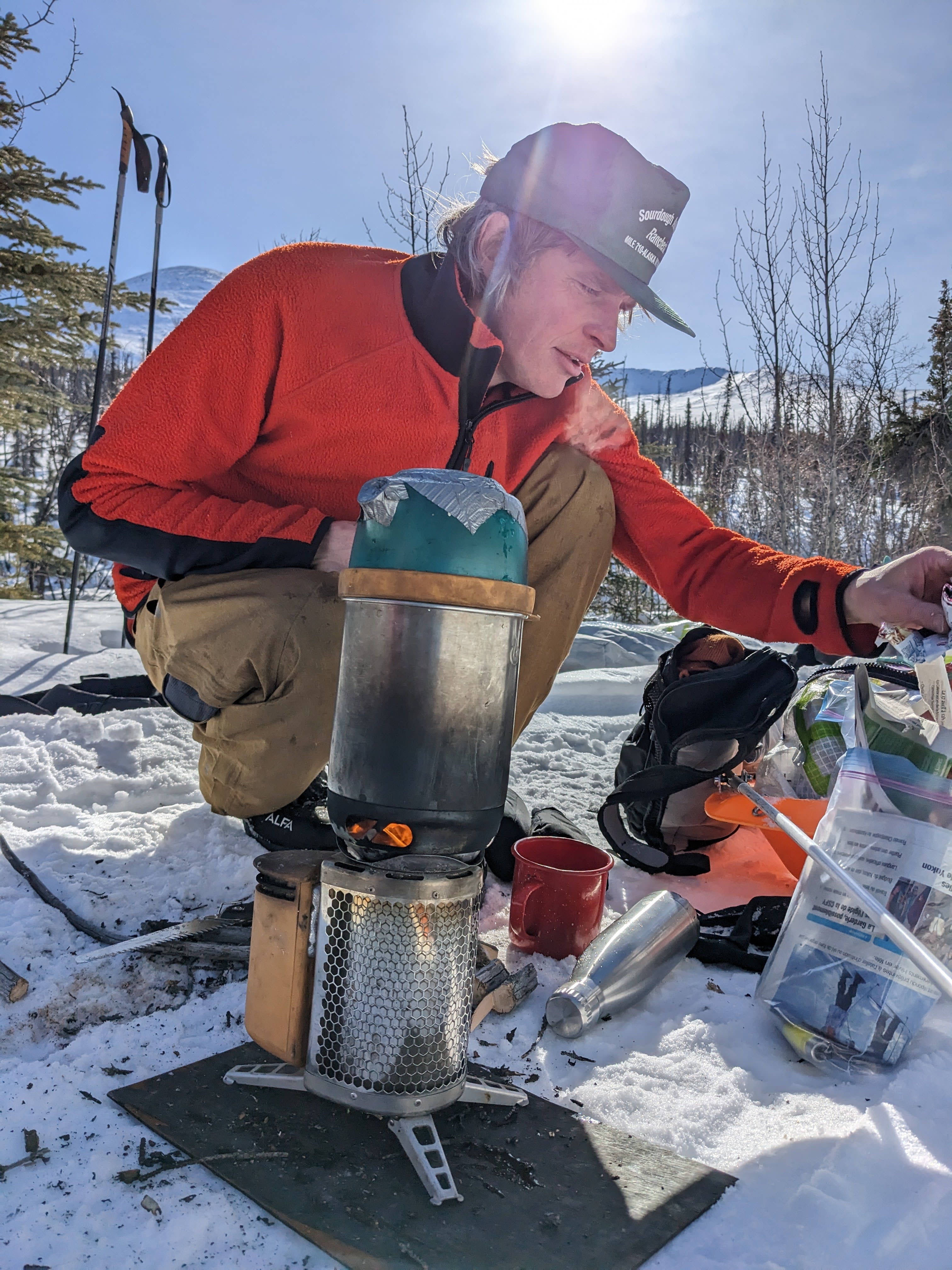
Built on a rocky landscape surrounded by wooded parkland, the Yukon Black Spruce Cabins are a welcome option for visitors to Whitehorse.
While the Yukon capital doesn't lack hotel accommodations, Black Spruce offers something no one else does: a feeling of seclusion and immersion in nature, just a few minutes from the city centre.
Wanting to create a sustainable and beautiful place for people to stay, owner Laird Herbert turned to his travel experience for inspiration.
"I have travelled a fair bit and I realized that the best accommodation experiences I've had have always been the most unique ones," he says. "You can stay in a lot of hotels and they all kind of feel the same at the end of the day."
To create Black Spruce, Laird took inspiration from landscape hotels, which usually have a minimalist design with big windows showcasing the outdoors and are built into their natural environment.
"The idea is that there's no TV or any distractions, so people just come and immerse themselves in the view essentially. That's what we tried to recreate here."
Sustainability Matters
Black Spruce is already an excellent sustainable choice.
Each cabin is 260 square feet and designed to comfortably fit two.
From small touches, like a Soda Stream in each kitchenette and organic towels in the bathrooms, to big items like using flooring that has been Forest Stewardship Council certified and filling the north walls with straw bales, which are an excellent insulating material with a low embodied carbon footprint, Laird has been thoughtful in his choices.
"I've always been passionate about sustainability in my own life," he said. "So I just made a commitment."
Guests at Black Spruce are treated to a wood-fired sauna, pretty lit up walkways and forest views.
"It is a really cool landscape behind here," Laird says. "There's a pond and a wetland and a rock canyon."
Downtown Whitehorse is a mere 5 km away.

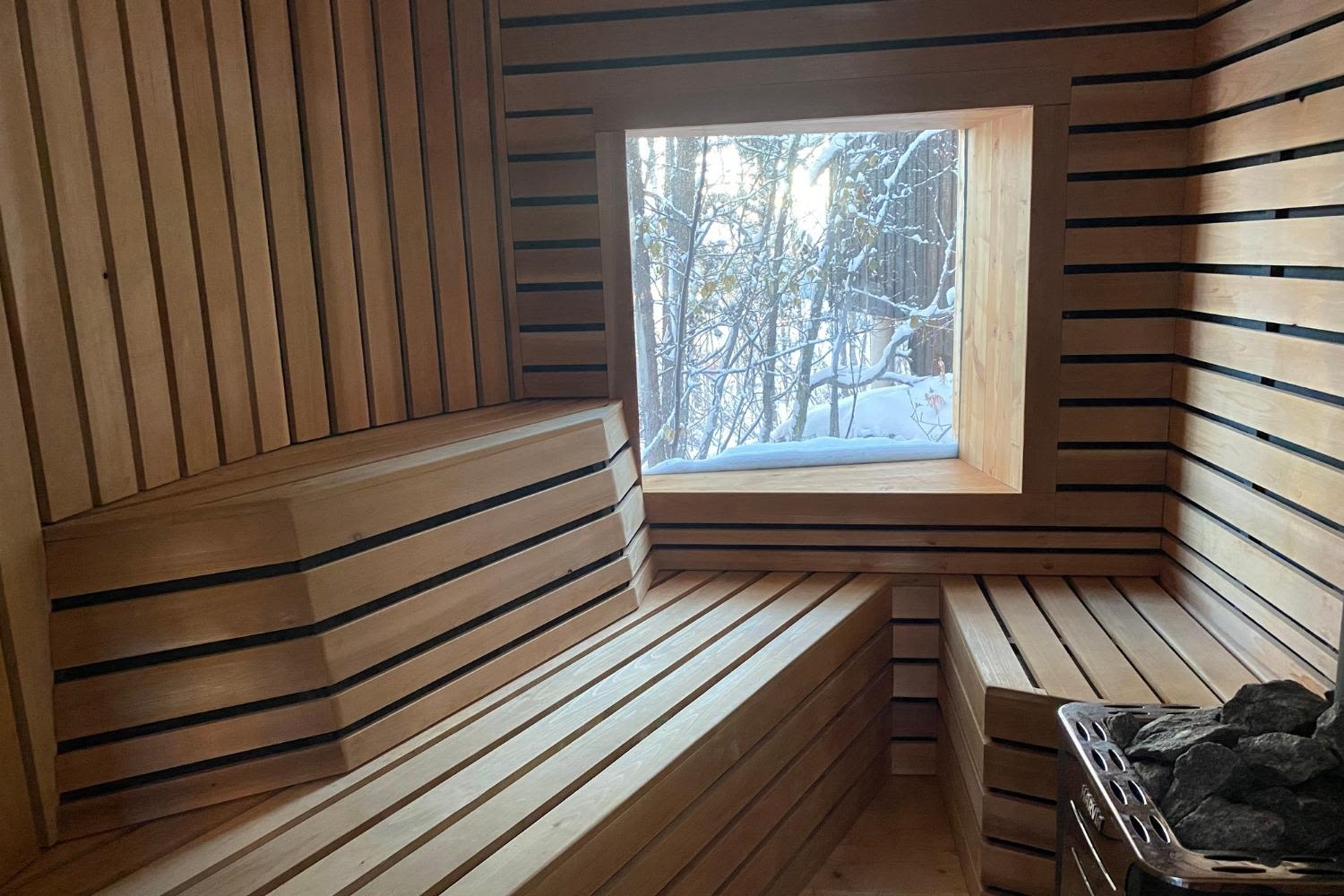
The name Black Spruce comes from the building material used on the outside of each cabin. Laird employed a Japanese technique called Shou Sugi-Ban, which requires burning the wood as a form of protection.
"I was kind of experimental because traditionally they use cedar in Japan specifically for that purpose, but we used local spruce which was a little risky," he said. "I worried it would start flaking off and fading but it has held up remarkably well."
To achieve this look, you basically build a chimney out of three boards, stuff the bottom with newspapers and stand it up. You light the bottom on fire, stick your board inside and watch it burn.
"It's quite incredible to see because the flame comes out almost the same height as the boards," he said. "So we had 16-foot-high boards and the flames 10 or 12 feet tall and its just crackling and it looks like a rocket."
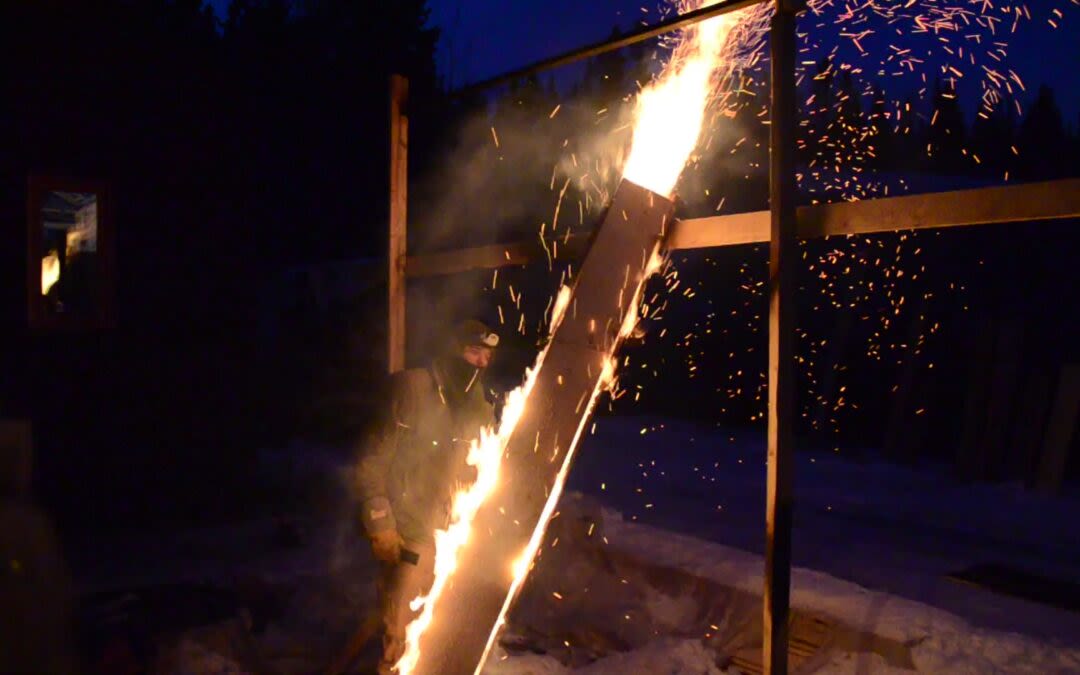
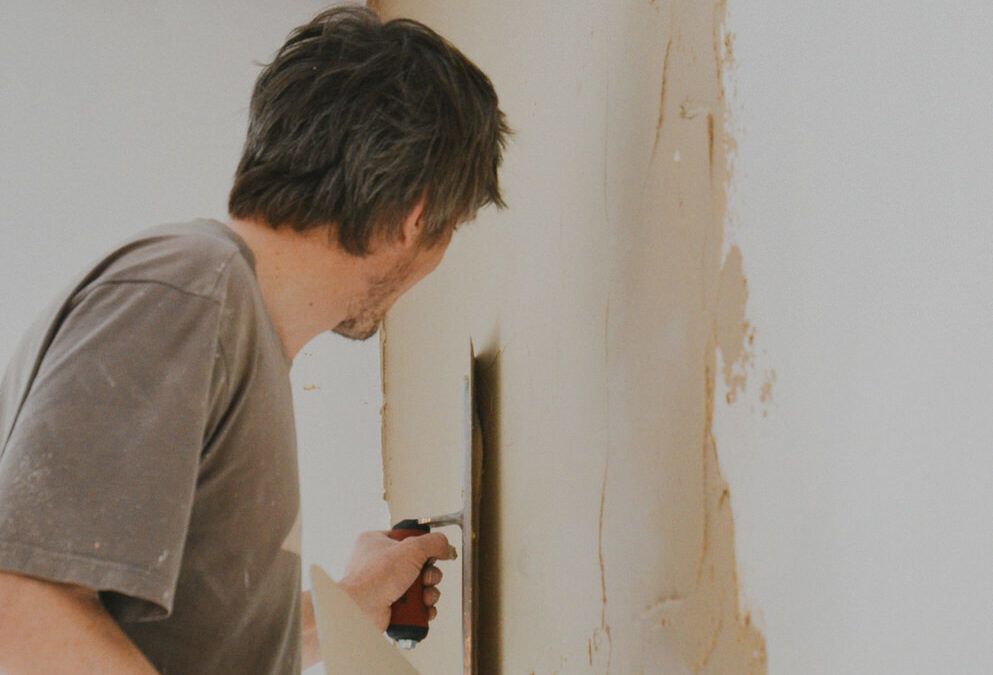
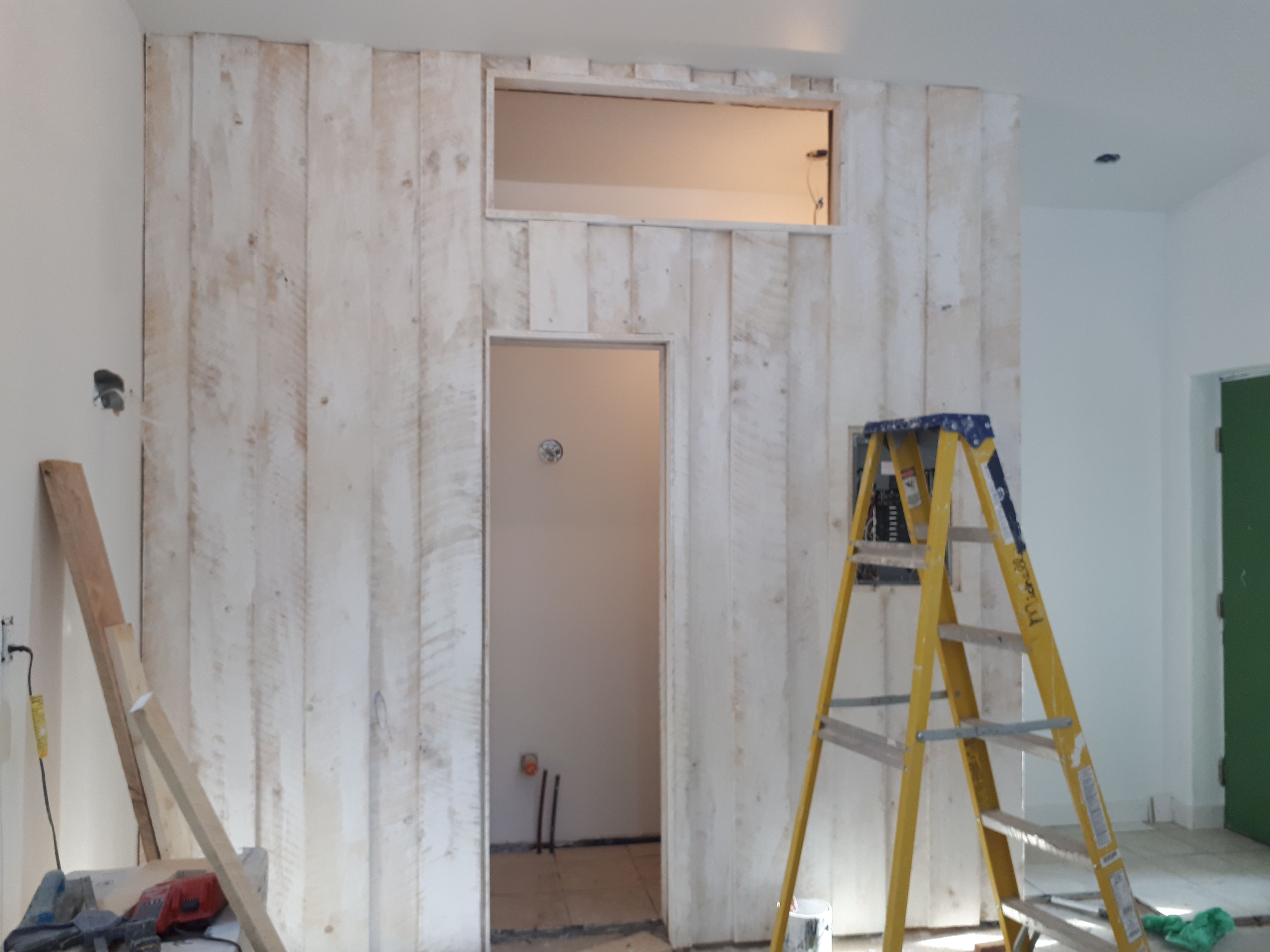
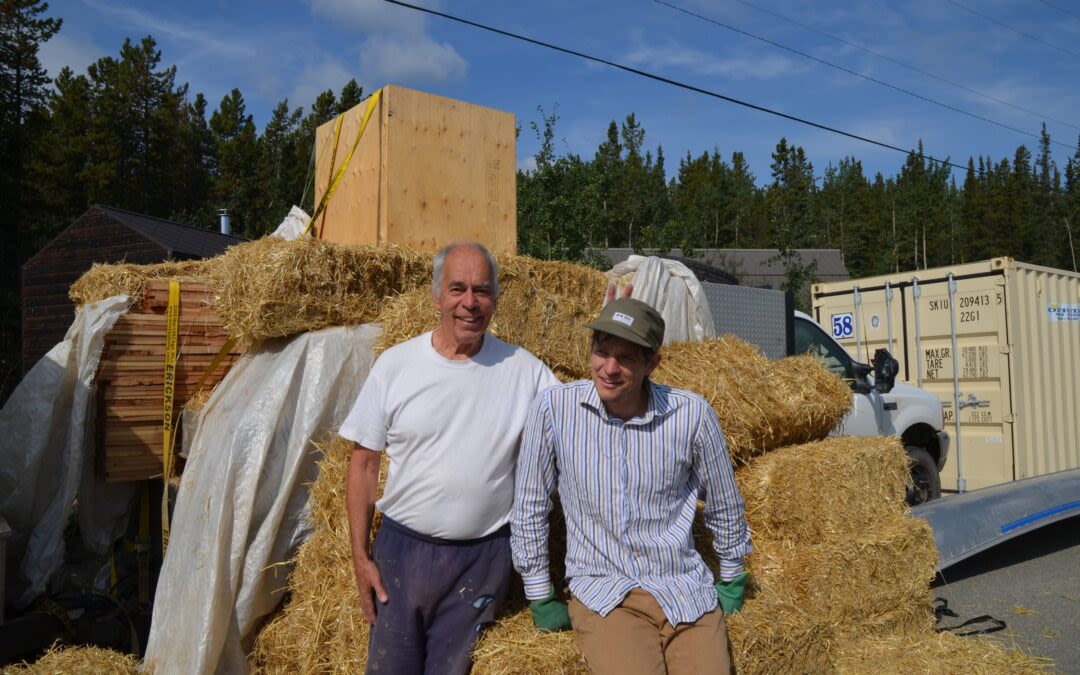
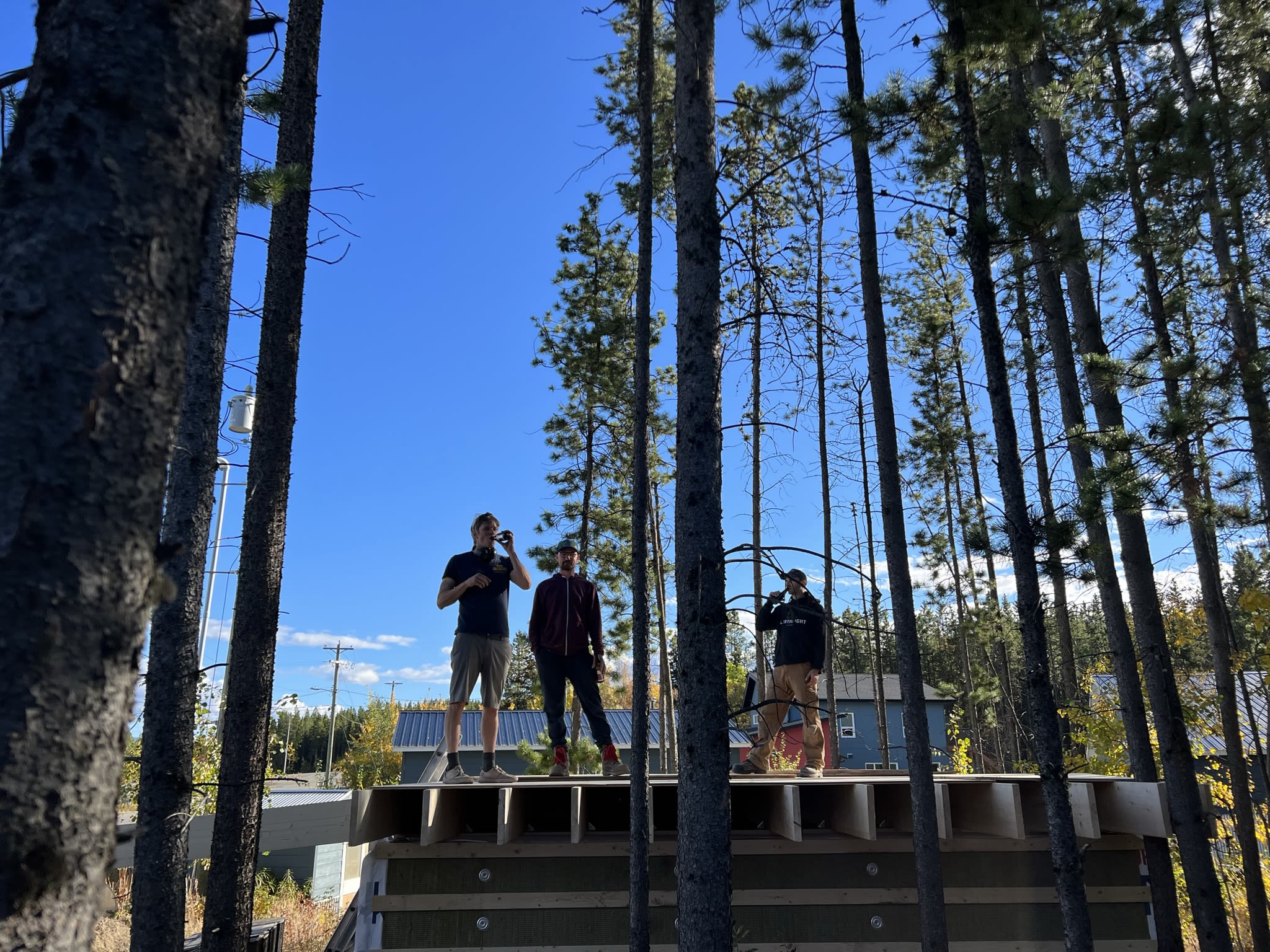
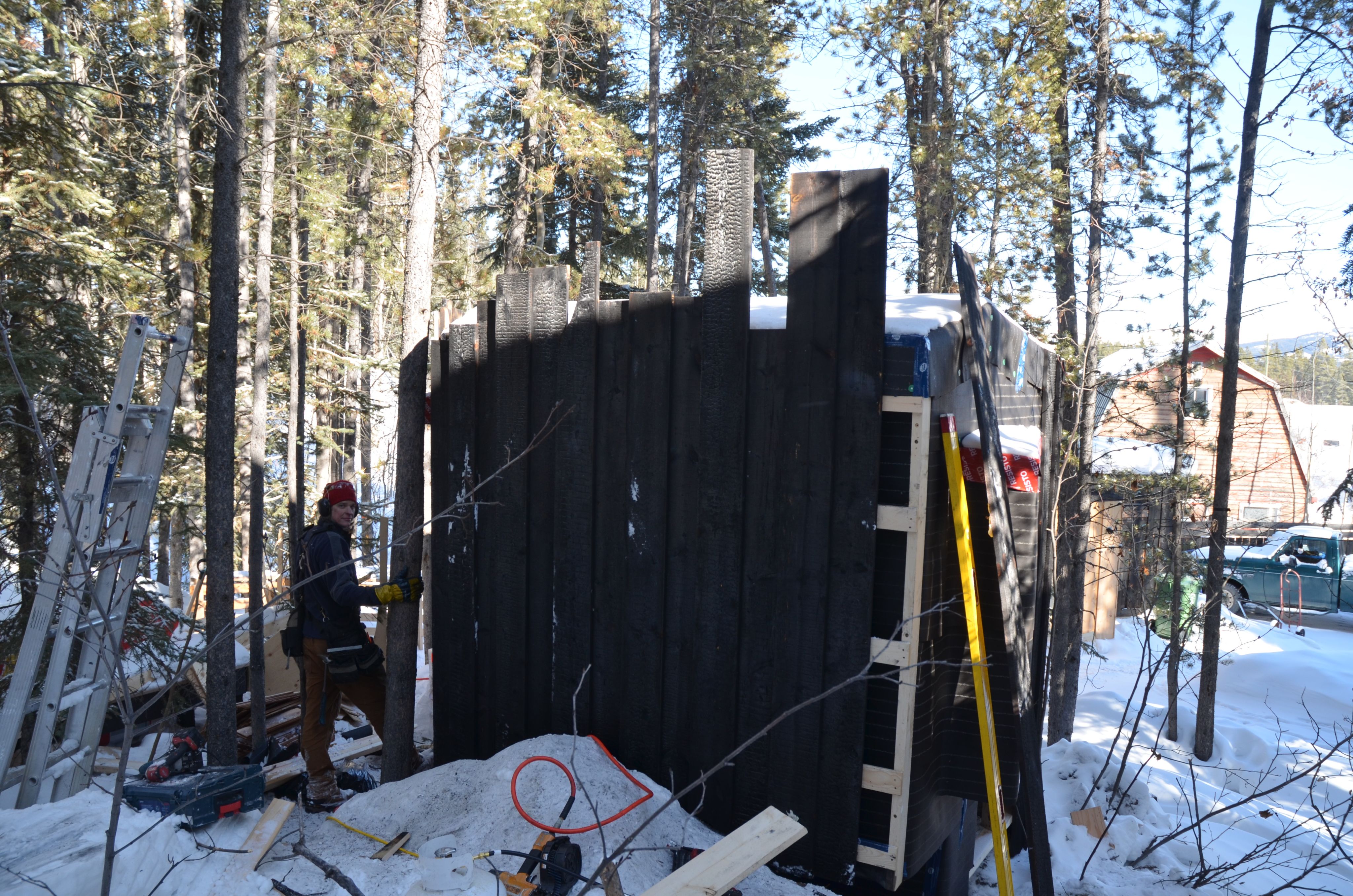

The Shou Sugi-Ban method in action
The Shou Sugi-Ban method in action

The cabins are finished with a hand-troweled clay plaster. This earthen plastic is more delicate than drywall but it creates a beautiful natural hue and is gentler on the environment.
The cabins are finished with a hand-troweled clay plaster. This earthen plastic is more delicate than drywall but it creates a beautiful natural hue and is gentler on the environment.

Inside trim and finishing is made using sustainable local wood
Inside trim and finishing is made using sustainable local wood

The back of every cabin has a small truth window which reveals the interior insulation: straw bales.
The back of every cabin has a small truth window which reveals the interior insulation: straw bales.


This winter, Laird is hoping to take his accommodations to the next level of environmental stewardship and go net zero. He has installed a high-efficiency wood boiler and a grid-tied solar system.
"We're trying to become net zero, which is a big challenge here because we have such huge power needs in the winter to heat everything," he said. "But I'm optimistic we can pull it off."









